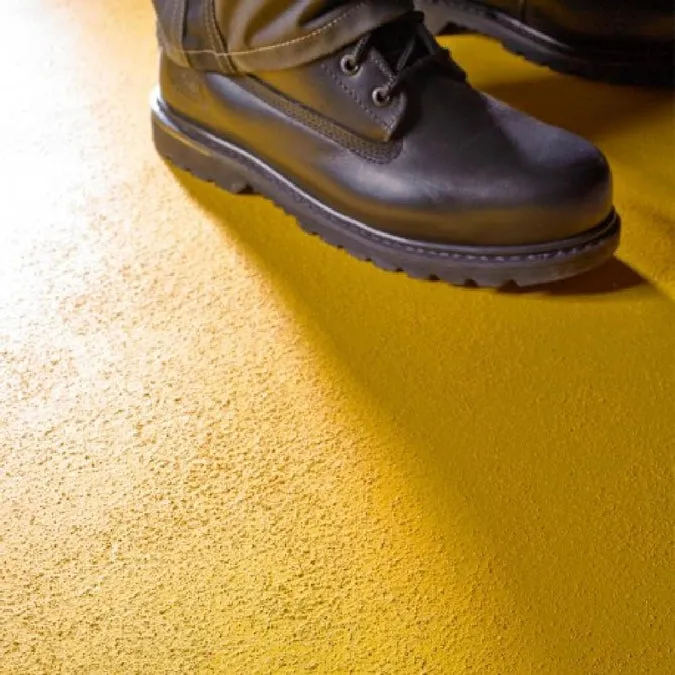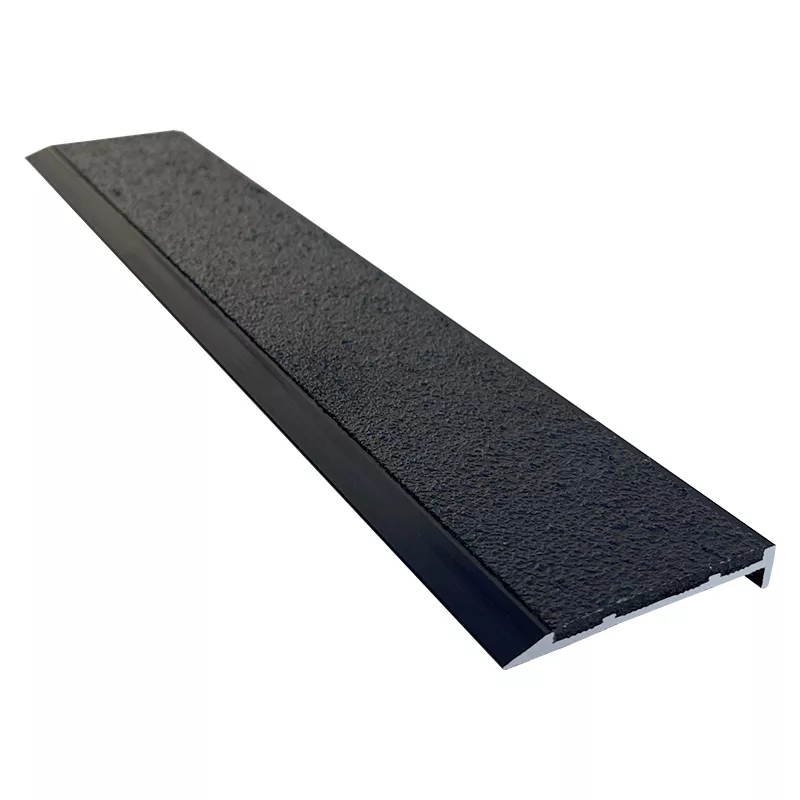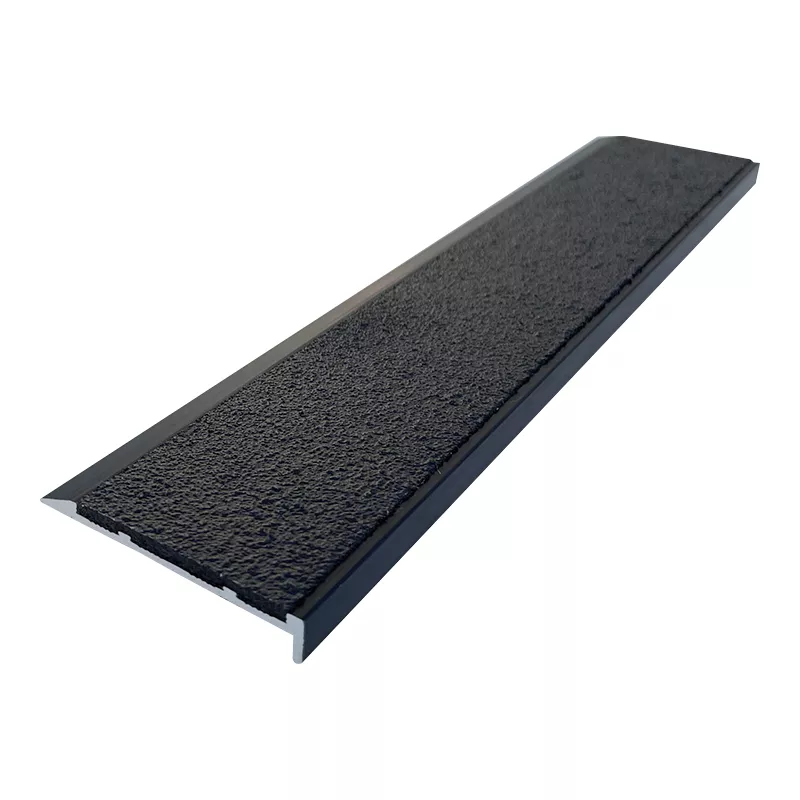

How to Choosing the Best Stair Nosing Inserts
We’re often asked to give recommendations on the best stair nosing inserts for a particular installation. With so many factors to consider, it can quickly become overwhelming. While color is one of the first considerations, there is so much more that goes into choosing the perfect stair nosing insert. Here are the main qualities you should consider to ensure you specify the best insert for your project.

Is Stair Nosing Necessary?
Stair nosings are essential in construction and renovation projects. They reinforce the edges of steps and improve visibility, making stairs safer and more durable. By defining the step edges, stair nosings protect against wear and tear, especially in high-traffic areas. They help prevent accidents by providing better traction and marking the edge of each step.

The Benefits of Custom Aluminum Stair Nosings: Enhancing Safety and Aesthetics in Your Home
Enhance safety and aesthetics in your home with custom aluminum stair nosings. Discover the benefits of customizable stair nosings tailored to your needs.




